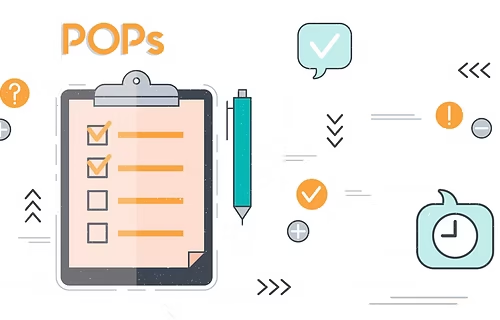As part of its standard offering, Salesforce offers a minimal backup and recovery service. Customer information, sales data, and marketing activities are all stored in Salesforce, a cloud-based customer relationship management (CRM) platform.
Businesses that lose this data may suffer catastrophic losses, thus it is crucial to have a solid backup and recovery strategy in place. This post will go through the recommended practices for backup and recovery as well as how to back up your data in Salesforce.

Identifying what data needs to be backed up and how often is the first step in backing up your Salesforce data. To make sure that information is safeguarded, it is crucial to identify sensitive data that needs to be frequently backed up, such as client data. As part of its standard offering, Salesforce offers a minimal backup and recovery service, but certain businesses may need more regular backups or longer retention times. Additional features like automated backups, multiple retention periods, and improved data security can be found in third-party backup systems.

Any backup and recovery strategy must include automated backups. They assist in ensuring that data is regularly backed up without manual intervention, lowering the possibility of oversight or human error. Automated backups also assist in ensuring that the most recent data is safeguarded, reducing the risk of data loss.
The retention period is an additional significant factor to take into account while backing up Salesforce data. Retention times may vary depending on the type of data. To comply with regulatory obligations, for instance, customer data may need to be kept on file for longer lengths of time than sales data. Businesses should be able to comply with regulatory standards and reduce storage costs by customizing retention periods for different types of data through the use of backup and recovery plans.
Backup and recovery solutions may also include extra capabilities like granular data recovery, complex analytics tools, and compliance modules in addition to these fundamental functionalities. Instead of needing to restore a whole backup, granular data recovery enables businesses to restore individual records or particular data fields. Businesses may optimize their use of Salesforce and spot possible problems before they become serious ones with the use of advanced analytics tools, which help discover trends in Salesforce data consumption and quality.
It’s crucial to test your backup and recovery strategy frequently once you’ve determined which vital data needs to be stored up and chosen a backup and recovery solution. By testing your backup and recovery strategy, you can make sure that it is operating as intended and that, in the case of data loss or corruption, you can easily and rapidly restore your data.
It is crucial to adhere to best practices for data backup and recovery in addition to validating your backup and recovery plan. This involves keeping a backup storage place distinct from your primary storage location to guard against calamities that could harm it, like a fire or flood. To prevent data breaches and unauthorized access, it’s crucial to adopt appropriate data encryption and access restrictions.




